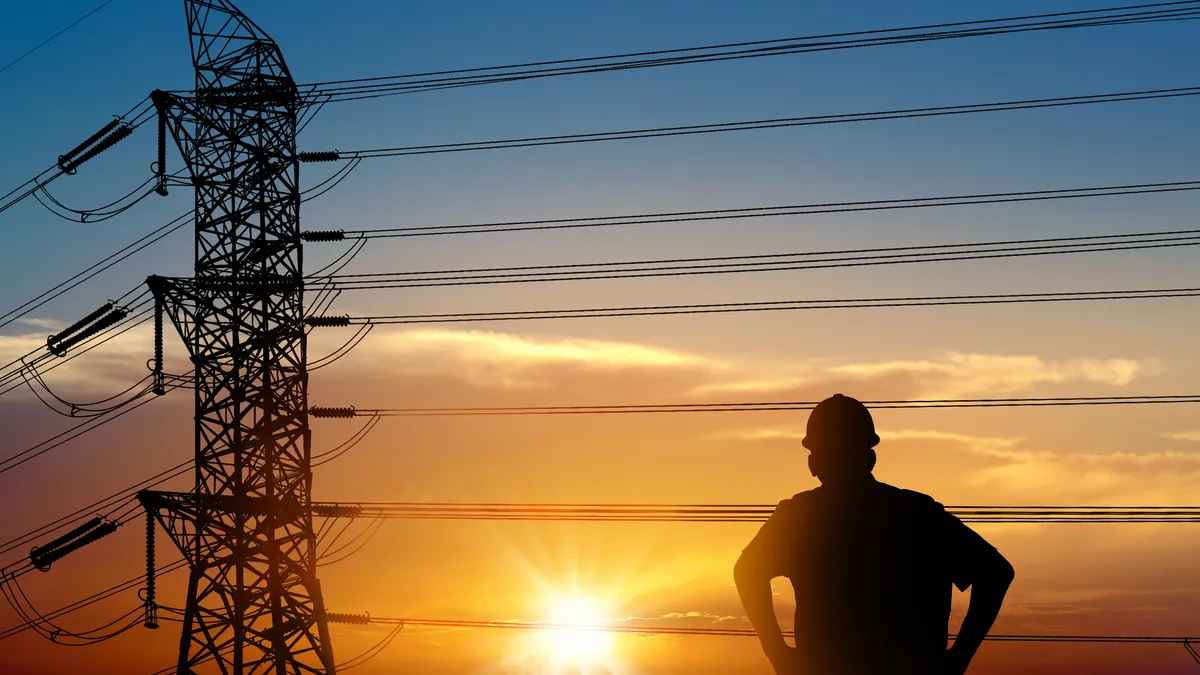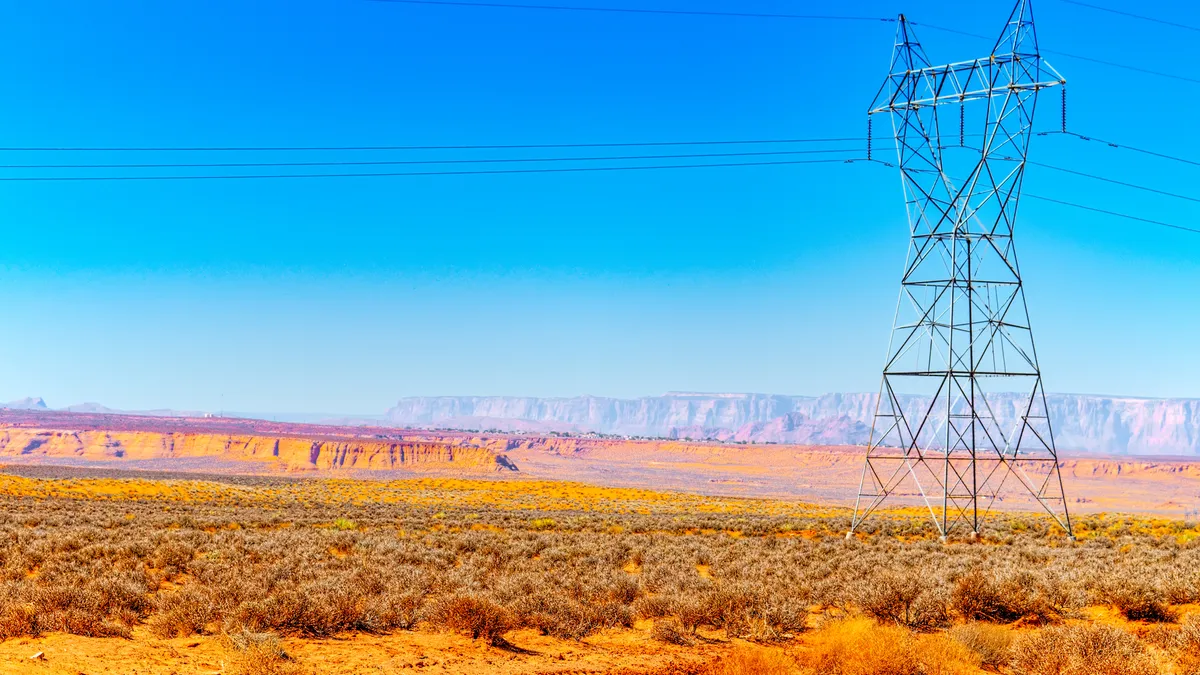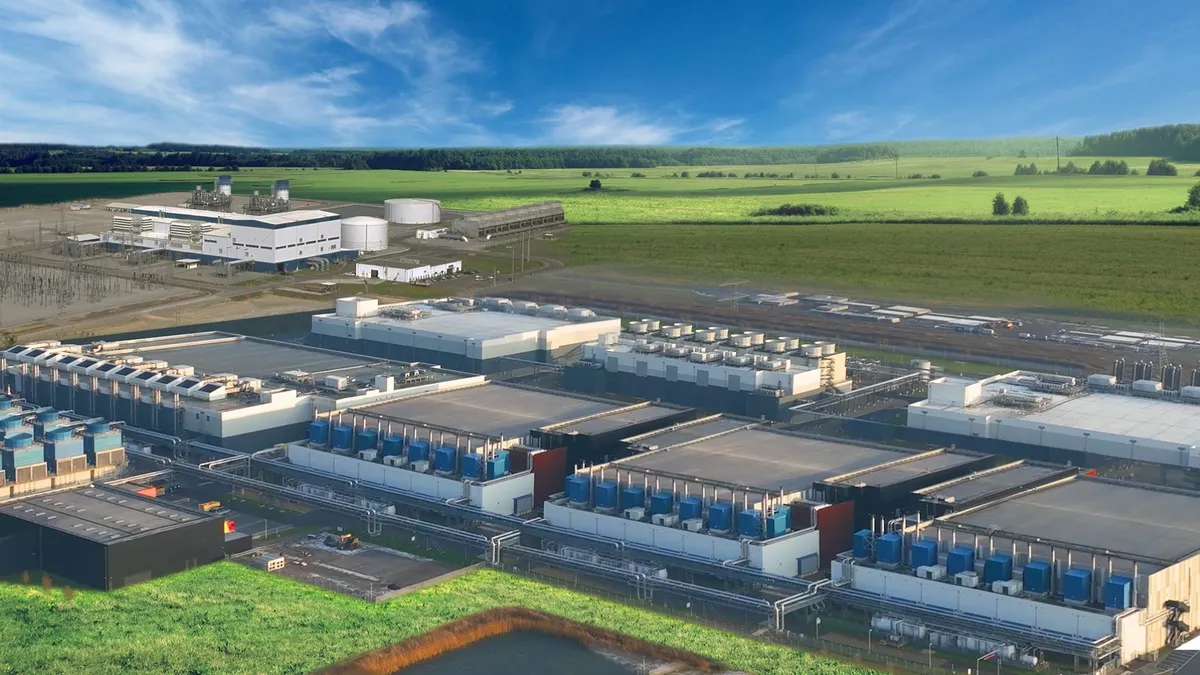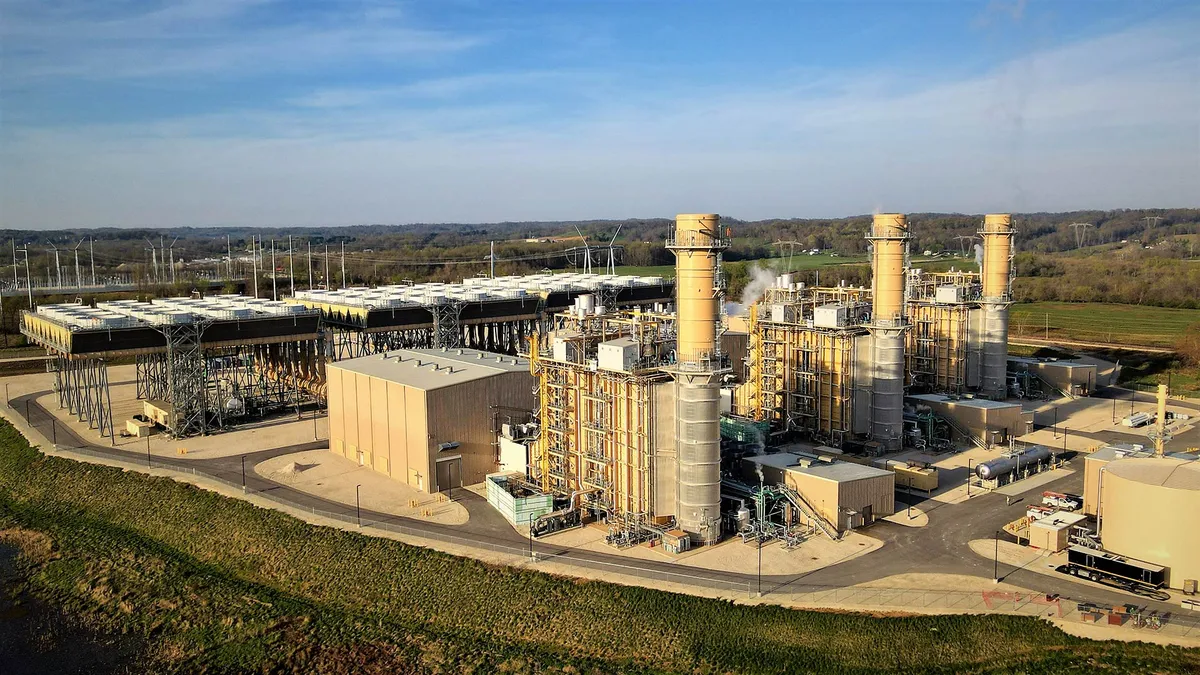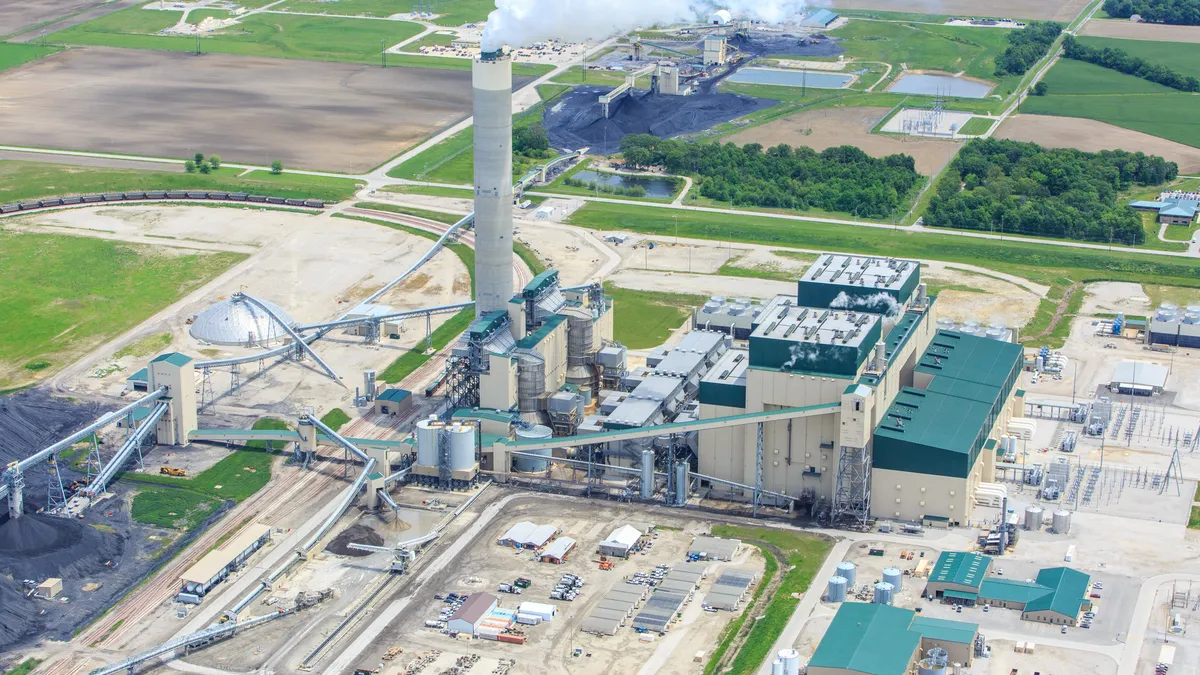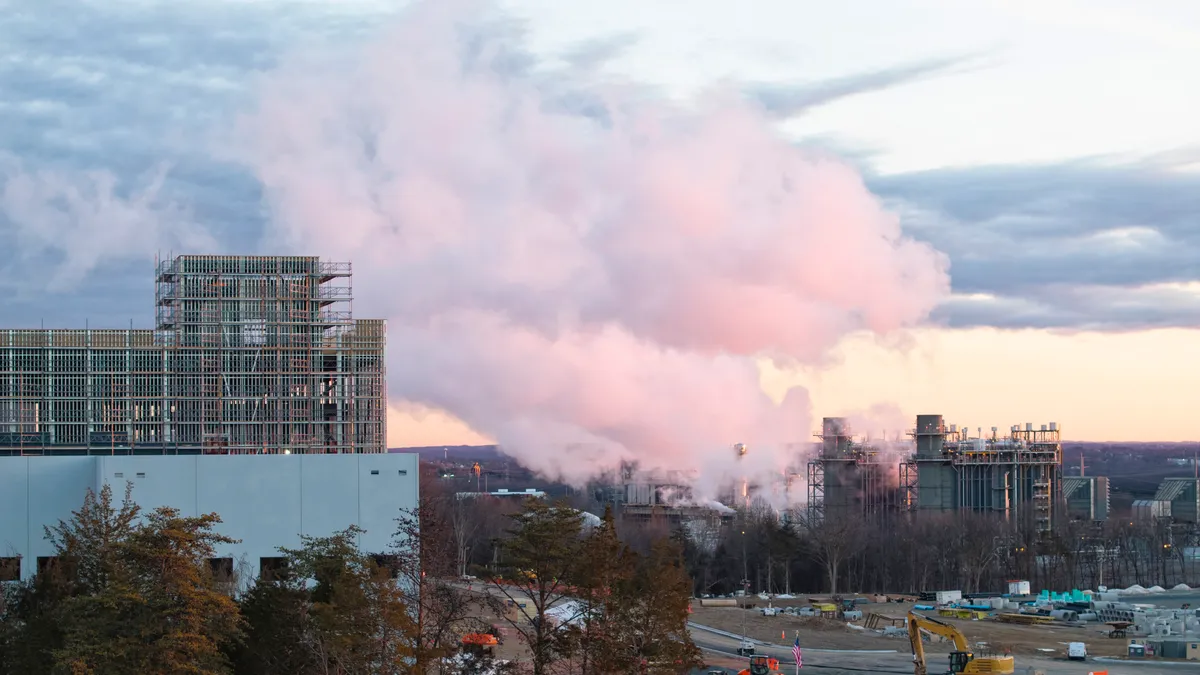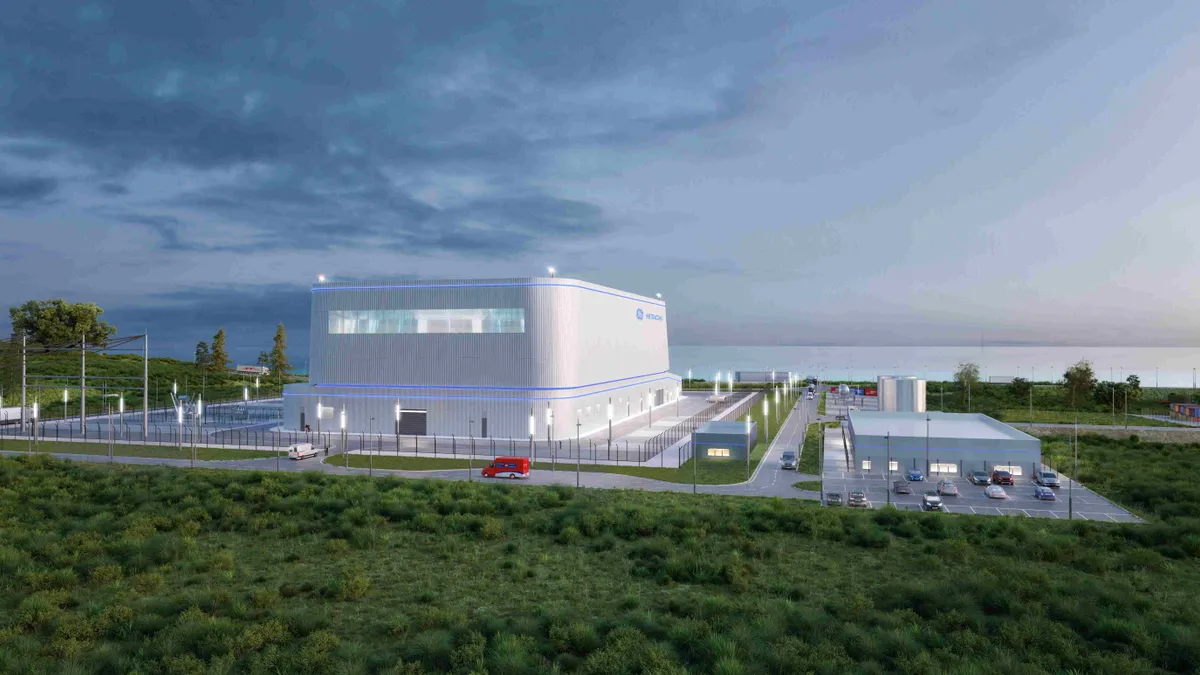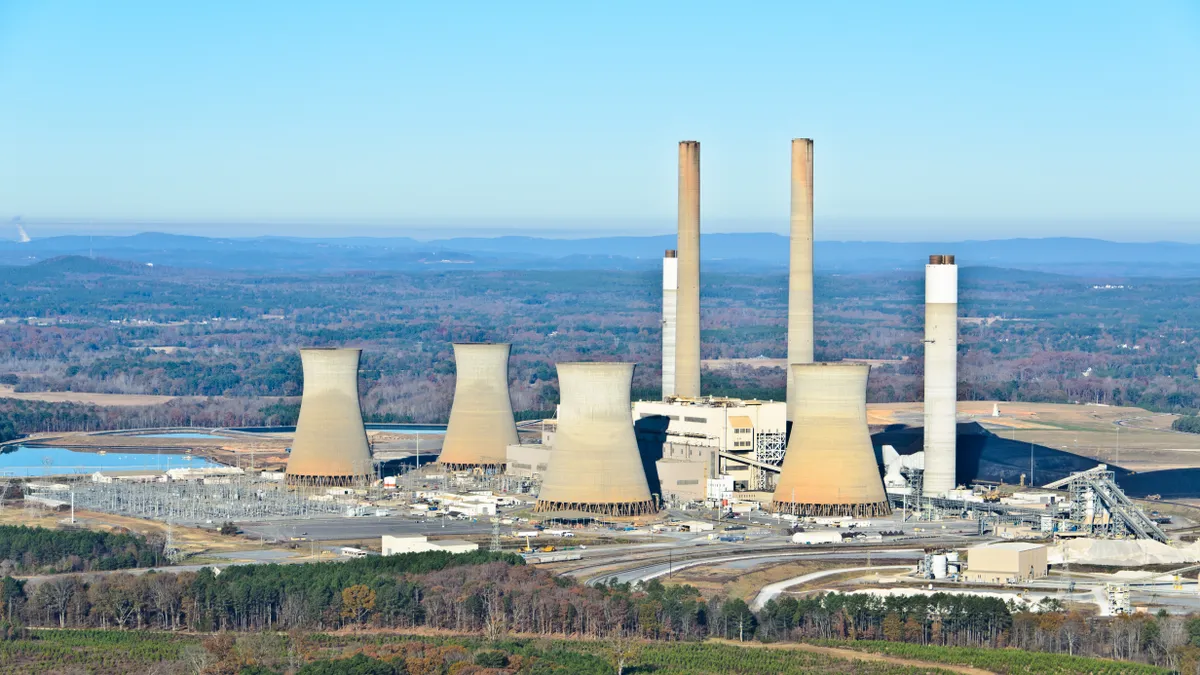Justin Mackovyak is Vice President, Utility Program Implementation at ICF International.
The electric utility industry is facing a perfect storm. Billion-dollar weather events and unprecedented energy demand from AI and electrification are forcing utilities to rethink their strategies and seize opportunities. With this in mind, ICF surveyed 100 utility program leaders to explore their challenges with capacity, plans for electrification, and technology adoption. The takeaway is clear: programs must be retooled to fully support utilities’ missions of delivering clean, reliable and affordable energy.
Customer programs: The challenges and opportunities
Utility customer programs are facing a moment of great change and opportunity. They need to be more flexible and predictable in the face of rapid demand growth, electrification, aging infrastructure and new technology. Right now, utility leaders view grid modernization (57%), affordability (51%) and enhanced reliability (49%) as their top goals to achieve through customer programs. Nearly half of respondents (45%) view decarbonization as a top goal.
Customer support is essential to meeting these goals, and these programs must be affordable to secure customer buy-in. Respondents agreed that customer programs must include financing options to effectively promote the adoption of reliable, clean energy. That makes affordability a priority for utility program leaders. However, 93% of them admit that current support falls short. There is more work to be done to prioritize affordability and make customer participation more accessible.
Utilities recognize the opportunity to strengthen their outreach to ensure all communities benefit from their programs and contribute to broader energy goals. To bridge this gap, they must work to enhance communication with their customers by relying on responsiveness and human connection to build trust. Those qualities should be at the forefront of designed outreach around new programs and financing options.
Meeting growing demand
AI, data centers, electric vehicles, heat pumps and other electrification are leading to increased demand. ICF expects electricity usage to grow by 9% by 2028 and 18% by 2033. That could drive up the amount utilities pay for electricity by 19% by 2028. Over two-thirds (68%) of utility leaders say increasing electrification is a moderate or significant challenge. They’ll rely on energy efficiency programs and demand response strategies to meet demand and stay ahead of rising energy costs.
Currently, 63% of utility leaders deploy demand response strategies to meet capacity demands. Nearly all (98%) said that evolving their energy efficiency programs has become essential to realizing a return on investment. Yet, financing energy efficiency and load management measures are the most cited challenge (53%) in utilities’ customer programs that hold them back from reaching their goals.
These findings highlight the critical role of integrated demand-side management solutions, which take a holistic view of energy efficiency, demand response and distributed energy resources to maintain grid stability and meet customer needs. Technology will play a key role in providing clean, reliable, and affordable energy — and these technologies are already being integrated into operations. Sixty-one percent of utility leaders feel they are mostly prepared to integrate customer programs involving DERs for demand response.
Customers are embracing the change, too. Nationally, customers show a strong readiness for energy changes in their homes. According to ICF’s forthcoming Energy Customer Insights survey, half of energy customers are currently planning to ensure their homes are energy efficient within the next three to five years. Half of those respondents also support the electrification of their homes and are familiar with demand response programs.
To keep pace with the rising adoption of DERs among customers, 64% of utility leaders are leveraging a distributed energy resource management system, or DERMS, to manage these resources. Forty-six percent still rely on manual tracking through internal processes, but an equal share (46%) use smart meters to track and manage consumption. That tracks with 52% of respondents who said their load management, grid operations and outage response is about evenly split between automated and manual.
Technology will be an important part of the future of grid demand response and energy efficiency programs. Specifically, one technology is slated to rise above the rest as a solution.
AI is a game-changer
With the rise of new generative AI models and the data centers needed to power them, utilities aren’t just managing demand growth from AI but simultaneously leveraging the tool. All respondents indicated they are using AI for at least one aspect of their customer programs and 65% called AI a “game-changer” for their business.
Top use cases for utilities include the identification of customer segments and targets (48%); planning programs, such as digital twins to predict impact (45%); monitoring energy consumption (43%); and dynamic pricing/demand response (41%). The rise of AI is helping utilities implement much more complex technologies to enhance the customer experience and handle increased demand.
The findings of ICF’s survey underscore that innovative and adaptable customer programs are critical to future success. It also shows there are several key areas where utility programs must evolve. The results show leaders are aware they need to continue to innovate and evolve their programs to better support customer participation and achieve company-wide goals. Technological tools like AI and DERMS can help them get there.
The insights from this survey provide a roadmap for utility leaders to navigate the challenges and opportunities ahead. By prioritizing financial accessibility, load management, energy affordability and technological integration, utilities can create more resilient and customer-centric programs that drive the transition to a clean, reliable, and affordable energy future.


